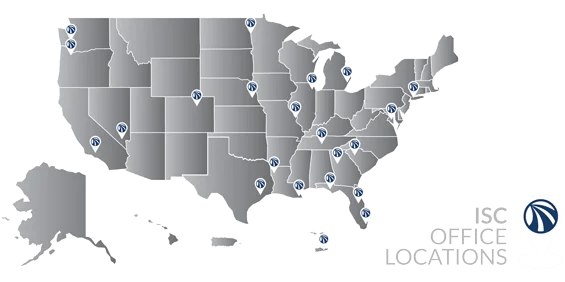As we look ahead to the next flooding season, we must remain vigilant about the threat that flooding poses to communities nationwide. When floods overwhelm defenses, the devastation can be immense – homes, businesses, and critical infrastructure damaged or destroyed; economies disrupted; livelihoods ruined; emotional and physical health impacted. Climate change may further intensify rainfall and storms, bringing more frequent and extreme flooding. All communities are vulnerable in some way. Those with fewer resources suffer disproportionately. But preparation and mitigation can reduce risks and pave the way to recovery.
By working cooperatively now on protective infrastructure, assistance funds, response coordination, restoration projects, and continuity planning, we can build resilience against flood loss and distress. Staying attuned to flood dangers will help safeguard our collective well-being now and in the future. With vigilance and compassionate action, we can weather coming storms.
If you need assistance Call today to partner with the emergency management and rebuilding experts at ISC – our evidence-based flood solutions allow rapid rebounding. With us, communities can face these threats confidently.









